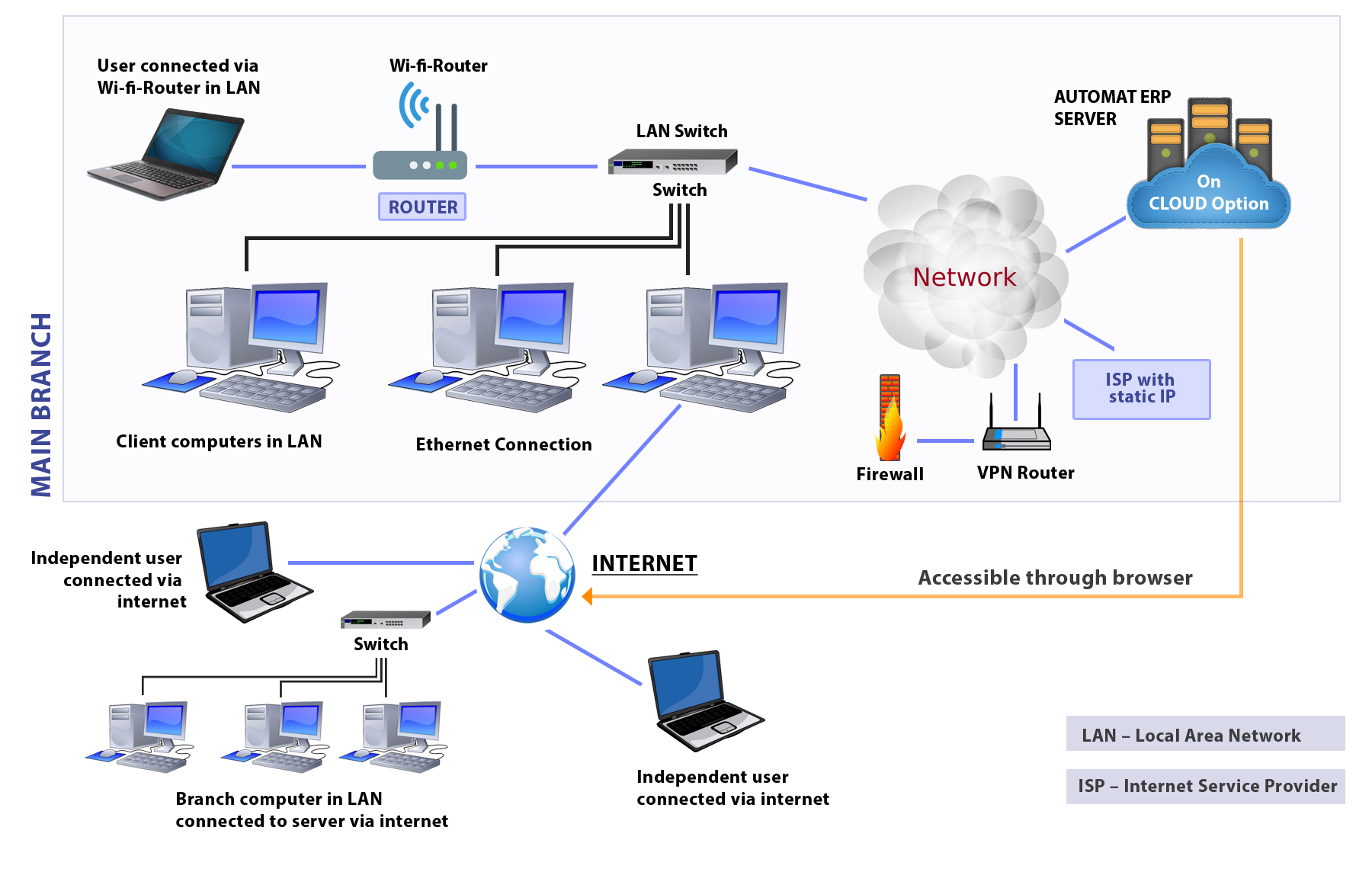Erp system architecture
Hey there! Today, I want to talk about an interesting topic: ERP (Enterprise Resource Planning) system architecture. In the world of business, ERP plays a crucial role in streamlining processes and improving efficiency. So, let's dive right into it!
ERP Cloud Version and Desktop Technology
One of the images I came across showcases the ERP cloud version and desktop technology. It highlights how businesses can leverage both cloud-based and desktop solutions to optimize their operations. The image provides a visual representation of how ERP software connects various departments within an organization, such as finance, human resources, procurement, and inventory management.

This image offers a glimpse into the fundamental components of an ERP system architecture. It shows how data flows between different modules and highlights the importance of integration in achieving seamless business processes. ERP software enables organizations to centralize data, automate tasks, and gain real-time insights, leading to better decision-making and improved overall efficiency.
ERP System Architecture
The second image I stumbled upon is focused on the broader ERP system architecture. It provides a clearer overview of the various layers and components involved in an ERP setup.

At the core, an ERP system consists of a database management system that stores all the important data. The image showcases how users interact with the system through different interfaces, such as web-based portals or mobile applications. This enables employees to access and update information on the go, ensuring that everyone is on the same page.
The image also highlights the importance of security in ERP system architecture. With sensitive data flowing through the system, it's essential to implement robust security measures, including encryption and user authentication, to safeguard against any potential threats.
To conclude, ERP system architecture plays a vital role in modern businesses. Through seamless integration, centralized data management, and enhanced accessibility, organizations can achieve improved efficiency, streamlined processes, and better decision-making. If you're interested in adopting an ERP system for your business, make sure to consider both cloud-based and desktop solutions for maximum flexibility and scalability.